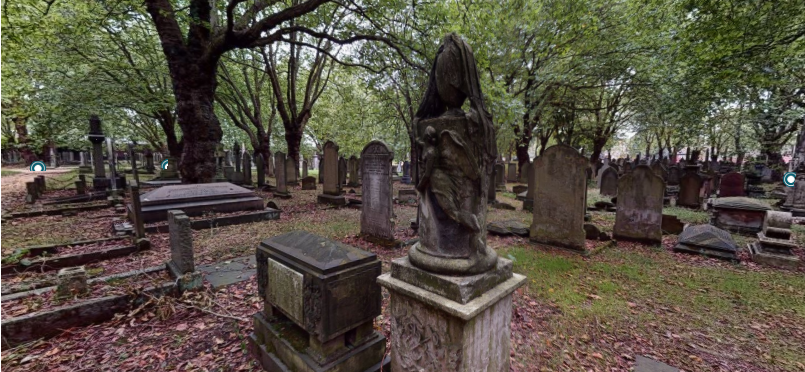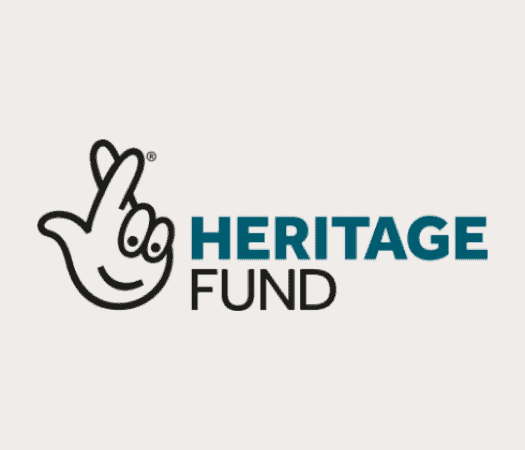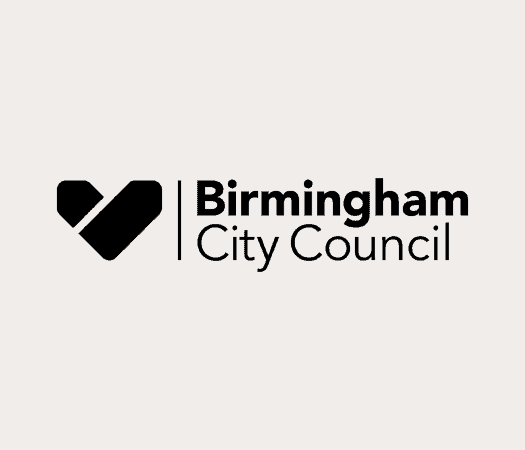Charles Edge was a Birmingham based architect and surveyor who set up his practice during the 1820s. He began working in the Georgian Greek style, but later on in his career began incorporating more of the gothic Victorian styling that was fashionable at the time.
Family life
Charles Edge was born in Birmingham on 13 October 1800 to John and Susanna Edge, Charles was one of six children born to the couple. According to the baptism record of one of Charles’ siblings, his father was a builder. It is possible that this is where Charles had his first introduction to architecture.
Charles was married to Ellen Allarton on 30th October 1833. They had 6 children together (Francis May Edge, 1836; Ellen Edge, 1843; Charles Allarton Edge, 1844; Sarah Magaret Edge, 1846; John Quarrendon Edge, 1848 and Hall Travers Edge, 1850). Their son, Charles Allarton would later work with his father as an Architect and eventually took over the business on Bennetts Hill in 1866, just a year before his father passed away.
Career
Charles set up his offices at number 18 Bennetts Hill, Birmingham. Archived directories tell us that the office was based here from at least 1828. It seems that a few years after Charles’ death (some date before 1873), his son, Charles Allarton, moved the family business a few doors up to number 21 Bennetts Hill.
He is credited as having worked on a number of prominent buildings in Birmingham, including the Chapel (now demolished), catacombs and gateposts at Key Hill Cemetery, where he now rests. He also worked on the completion of the Birmingham Town Hall after the failure of the original contractors.
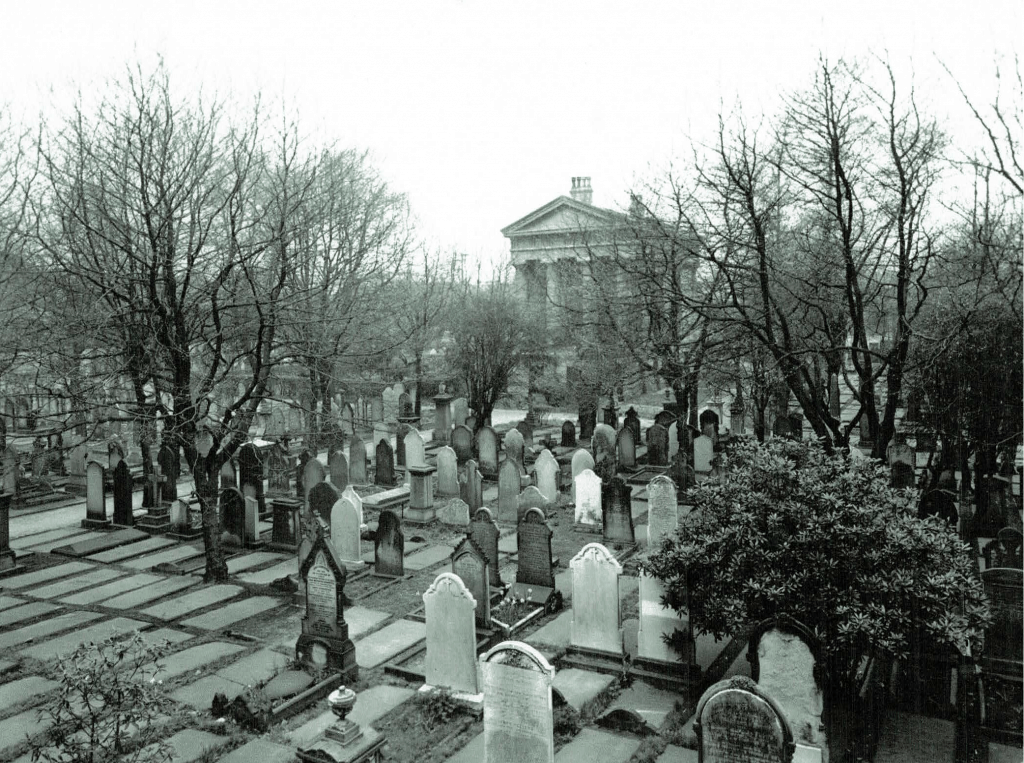
Another notable project of Edge’s was The Market Hall, which opened it’s doors in 1835. It operated as an indoor marker until it was bombed during the Second World War.
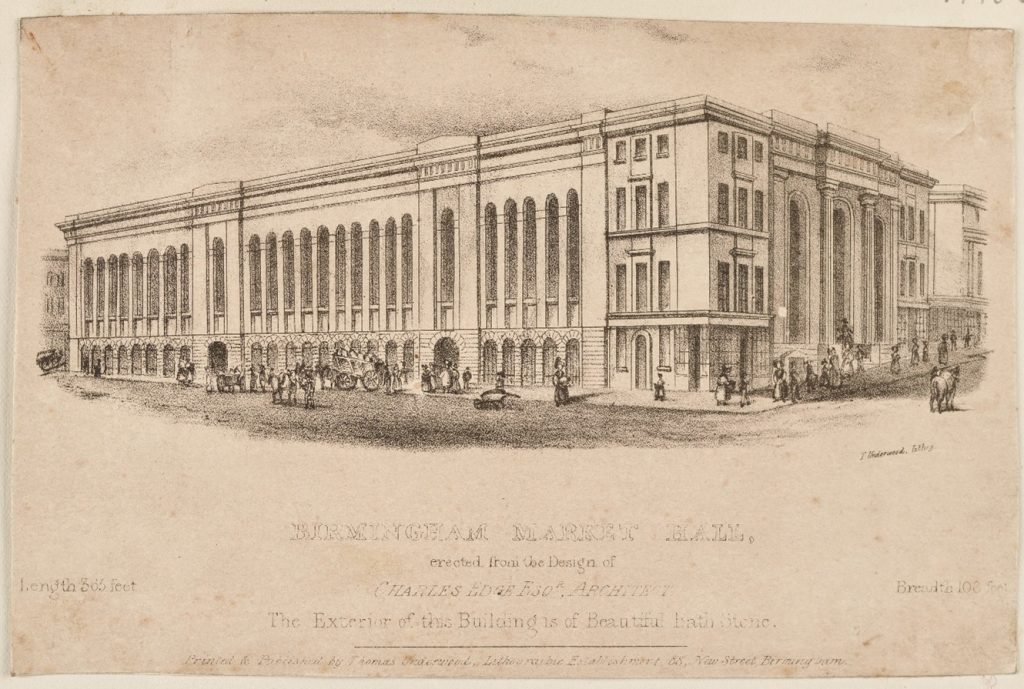
The Birmingham Mail, on May 26th 1941, credited it as “the city’s first major building to be destroyed by enemy action.” Following the bombing, a temporary war museum was created in a marquee inside the ruins of the market hall for people to visit.
Unfortunately, like the Market Hall, many of the buildings he was involved in designing no longer stand, however, some are still viewable today. For example, if you head down Carrs Lane, you may come across what used to be the Powell and Son Gunmakers shop (number 35-37). This building is one of those credited to Charles Edge that can still be found in the city centre today.
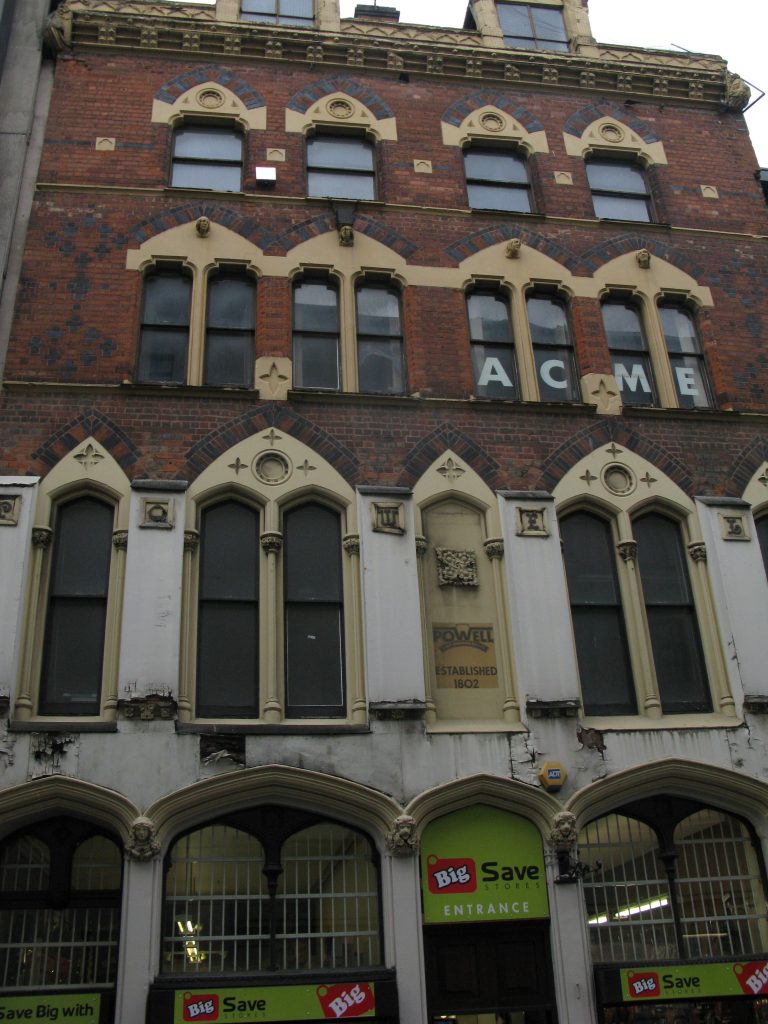
As well as his work as an Architect and surveyor, Edge was a director of the Waterworks company until his death, when he was replaced by Thomas Ryland.
Death
Charles died in his home at 39 Harborne Road, Edgbaston on 21st July 1867 from heart disease. He left behind his wife, Ellen and all six of his children.
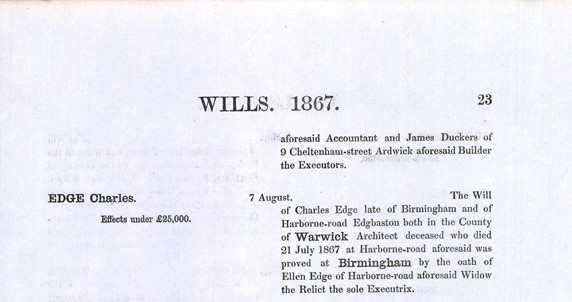
He is in buried in one of the catacombs at Key Hill, the Cemetery he helped to design. His wife, Ellen, who died in 1871 was later buried with him.
His son, Charles A Edge took over the architect business prior to his death and continued to manage it until around 1900.
Further Reading
Buildings and Architects: Charles Edge, Mapping Birmingham, available here
The National Archive holds a collection of architectural drawings by Charles Edge and Charles A Edge. See the catalogue record here
